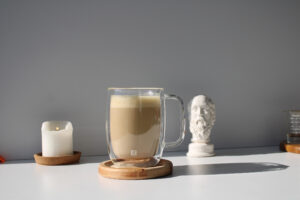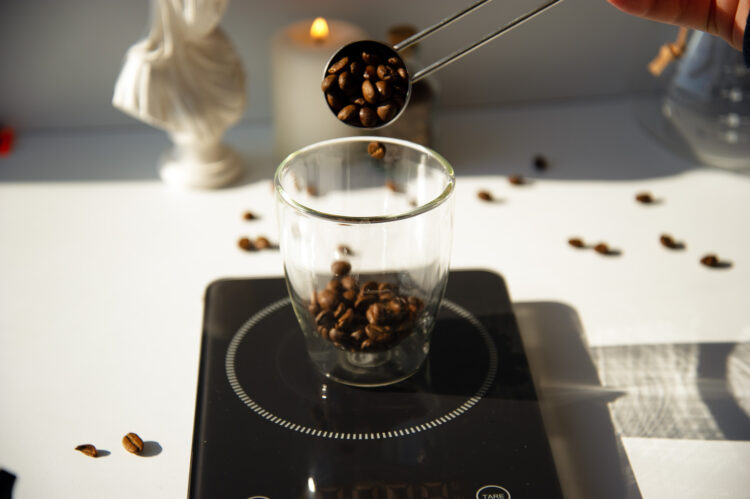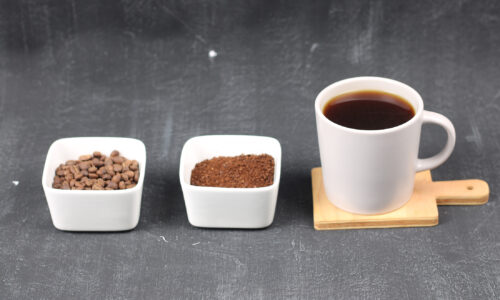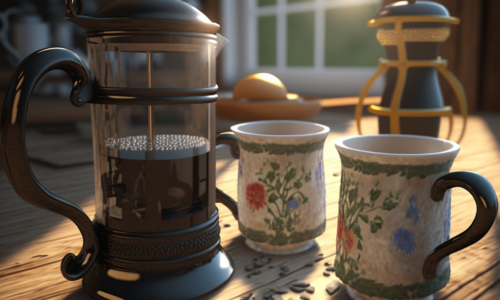Coffee roasting is a crucial step in determining the flavor of your morning cup of joe. From light to dark, each roast level offers a unique taste experience. In this guide, we’ll explore the different roasting levels and help you determine which flavor you prefer.
Light Roast Coffee
Light roast coffee is characterized by its light color and mild flavor. It has a higher acidity and less body compared to darker roasts. Light roast coffee is often described as having notes of citrus and green tea. This type of roast is best enjoyed as a pour over or with a light-bodied brew method.

Medium Roast Coffee
Medium roast coffee is a popular choice for many coffee drinkers. It has a medium color and a well-balanced flavor profile. Medium roast coffee has a medium acidity and body, and is described as having notes of caramel and chocolate. This type of roast is versatile and can be enjoyed as a pour over, drip coffee, or espresso.
Dark Roast Coffee
Dark roast coffee has a deep, rich color and a bold flavor profile. It has a low acidity and a full body. Dark roast coffee is often described as having notes of dark chocolate and roasted nuts. This type of roast is best enjoyed as an espresso or in a bold brew method.
Which Flavor Do You Prefer?
Your personal coffee preference is influenced by a variety of factors, including taste buds, mood, and time of day. To determine which roast level you prefer, try a taste test. Start with a light roast, then move on to a medium roast, and finally, try a dark roast. Pay attention to the flavor profile of each and take notes on what you like and don’t like.
In conclusion, each roasting level offers a unique flavor experience. Whether you prefer a light, medium, or dark roast, there is a coffee out there for you. Light roast coffee is characterized by its high acidity and light flavor, while medium roast coffee offers a well-balanced flavor profile with notes of caramel and chocolate. Dark roast coffee, on the other hand, has a bold flavor profile with low acidity and a full body. When choosing a coffee roast, consider your personal preference, taste buds, and the time of day.
When trying different roasting levels, keep an open mind and take notes on the flavor profile of each. You may be surprised to find that you enjoy a roast level that you never thought you would.
So, whether you prefer a light, medium, or dark roast, there is a coffee out there for you. Take the time to explore different roasting levels and discover your perfect cup of coffee. In summary, different roasting levels of coffee beans have a significant impact on the flavor of your morning cup of joe. Understanding the differences between light, medium, and dark roast can help you choose the perfect coffee for you. So, next time you’re at your local coffee shop, try a few different roasting levels and discover which flavor you prefer.
In addition to exploring different roasting levels, it’s also important to consider the origin of the coffee beans. The country of origin, growing conditions, and processing methods all play a role in determining the flavor profile of the coffee.
For example, coffee beans grown in South America tend to have a mild flavor profile with notes of chocolate and nuts, while African coffee beans often have a brighter, fruitier flavor profile with notes of citrus and berries.
Another factor to consider is the roast date. Freshly roasted coffee is best, as the flavor profile can deteriorate over time. Look for a roast date on the bag of coffee or ask the barista at your local coffee shop.
In conclusion, when choosing a coffee, consider not only the roasting level but also the origin of the beans and the roast date. These factors all play a role in determining the flavor profile of your coffee, so take the time to explore and find your perfect cup.



